Gilsonite is soluble in aromatic, aliphatic, and petroleum asphalt solvents. Gilsonite is widely used to harden softer petroleum compounds due to its unusual compatibility and also has many more applications in various industries. Gilsonite is a gleaming, black material that resembles obsidian in appearance. It’s fragile and may be broken into a dark brown powder with ease.
Gilsonite aids in the manufacture of paving mixes with considerably enhanced stability when added to asphalt cement or hot mix asphalt. It enhances the road pavement quality and durability against adversities, especially in high transit routes and regions with unstable weather conditions. Other applications of Gilsonite are in drilling fluid or drilling mud.

Gilsonite has been used as an additive in oilfield drilling fluids for many years. Various grades and formulations of Gilsonite have been used to address wellbore instabilities, provide lubricants, especially in highly deviated wells, and more recently as a means of resisting differential pressure sticking and providing drilling fluids for legitimate intrusions.
Properly designed Gilsonite products have been well documented to reduce wellbore collapse and reduce sticking problems in formations containing water-sensitive shale by forming thin-walled and inter-matrix filter cakes. Gilsonite products are utilized in water, oil, and synthetic mud systems all around the world.
All water-based systems have found blended Gilsonite to be quite effective. These are only small parts of this useful substance’s vast applications. This natural mineral is only being recognized to be applied in many fields to enhance and improve the final product. For more information, feel free to contact us.
whats gilsonite
Asphaltum, also known as Gilsonite, is a natural asphalt resinous hydrocarbon. This natural asphaltite, also known as natural asphalt, asphaltite, uintaite, or asphaltum, is a hard hydrocarbon. Gilsonite is soluble in aromatic, aliphatic, and petroleum asphalt solvents. It is used to harden softer petroleum compounds due to its particular compatibility.
Gilsonite is a shiny, black material that resembles obsidian in appearance. It’s fragile and may be crushed into a dark brown powder with ease. It can be found beneath the earth’s surface in vertical veins or seams ranging in width from two to six feet, but up to 28 feet. The veins run almost parallel to one another and are aligned northwest to southeast.

They stretch for kilometers and reach depths of up to 1500 feet. The vein will appear as a thin protrusion on the surface and will progressively broaden as it progresses deeper. It is mined now, just as it was 50 or 100 years ago, due to the small mining face.
Gilsonite is a non-toxic and non-hazardous mineral. It’s a very pure resinous rock made up of a complicated mixture of various hydrocarbons. Gilsonite is distinguished by its unusual natural mix of nitrogen and beta-carotenes, as well as its low Sulphur content.
Asphaltum is a high-performance, versatile additive that is also a cost-effective option due to its unique chemical and physical features. Gilsonite has a wide range of applications based on these criteria, and it has numerous benefits over many alternative materials (for example, marine coal in foundries) since it is made from crude oil (rather than pyrobitumens), and various aromatic and aliphatic components of crude oil occur inside the Natural Bitumen Molecular Composition.
what is gilsonite used for
Gilsonite is utilized by organizations all over the world and has hundreds of industrial uses. Gilsonite is used in oil well cement and is added to oil and gas well drilling mud to stabilize the borehole and reduce friction. Gilsonite and gilsonite-based resin moisten and distribute carbon black pigment in printer’s ink, as well as bond pigment to paper so it does not rub off.
When powdered Gilsonite is added to asphalt paving mixtures, the result is a more resistant road surface. Asphalt surfaces such as driveways and parking lots are coated and sealed with paint-like combinations of Gilsonite, solvents, and other chemicals. Gilsonite is also utilized in the fabrication of roofing felt as an adhesive and waterproofing agent.

Some paint and wood stain compositions benefit from the inclusion of Gilsonite. Gilsonite is used to iron foundry molding sand mixes to give the cast object a smoother surface and make unmolding simpler.
Gilsonite is used as an additive in foundry sands with coal and other components to ensure the quality of the molded product by increasing mold release and overall polish of metal castings. Gilsonite is also used in fireworks and to make high-purity carbon electrodes in small volumes. Gilsonite prices vary per ton depending on whether it is powdered, packed, melting temperature, or even whether additives or additional processing are used.
gilsonite uses
Gilsonite uses are seen in oil-based drilling fluids and advances in drilling fluid compositions. It is practical in various applications including oil-based drilling fluids and various compositions wherein the viscosity of the compositions may be controlled.
By way of background and in the particular case of oil muds or oil-based drilling fluids, organic clays have been used as a component of the drilling fluid to assist in producing drilling fluids having properties that improve the drilling process. In particular, oil-based drilling fluids are used for cooling and lubrication, removal of cuttings, and maintaining the well under pressure to control the ingress of liquid and gas.
A typical oil-based drilling mud includes an oil component (the continuous part), a water component (the dispersed part), and an organophilic clay which are mixed together to form a gel (also referred to as drilling mud or oil mud). Fluid loss additives, emulsifiers, weight agents, salts, and a variety of other additives can all be contained or spread in mud. The drilling mud’s capacity to retain viscosity and emulsion consistency determine the drilling mud’s overall quality.
gilsonite applications
Gilsonite has been used as a bitumen reinforce and hardening compound for a long time. Gilsonite represents a great mix of high efficiency and economy for considerable applications, according to new data from the laboratory and a rapidly developing body of fieldwork. Gilsonite’s key advantage is that it produces far more stable road pavement mixtures than traditional ones.

Gilsonite is a granular solid that is totally compatible with bitumen. It is a unique, natural hydrocarbon that is rich in asphaltene and nitrogen compounds. It can be dissolved into hot bitumen or added during the production of hot mixes. Gilsonite dissolves quickly in bitumen in either situation, and only a minor increment in mixing time is required to obtain a homogenous, workable hot mix.
The enhanced stability of gilsonite-fortified pavements makes them more resilient to deformation issues like rutting and pushing, as well as increasing their load-carrying capacity. Furthermore, laboratory studies and field findings suggest that greater deformation resistance may be achieved while retaining most of the pavement’s natural ductility and capacity to withstand low-temperature cracking.
Increased resistance to water erosion and aging are two more advantages. When Gilsonite is applied to bitumen, it changes the bitumen’s penetration, viscosity, and softening point. Gilsonite is used in the production of road paving mixtures. Reduces pushing, rutting, and other sorts of deformation problems caused by high traffic and extreme heat by increasing mix stability.
Most bitumen’s temperature sensitivity is reduced, resulting in high-temperature efficiency with little low-temperature features. It’s quite simple to add, either straight to the paving mix or to the hot bitumen. It also causes the contractor’s operations to be minimally disrupted.
gilsonite meaning
Gilsonite is a trademark for a kind of natural asphalt found only in Utah’s Uintah Basin, according to its meaning; uintaite or uintaite is the non-trademarked mineral name. It looks like shiny black obsidian and is mined in subterranean shafts. Samuel H. Gilson originally commercialized it as a varnish, electrical insulator, and sealing compound around twenty-five years after it was discovered in the 1860s.
Gilson established a business to mine the material in 1888, but it was quickly determined that the vein was on the Uintah and Ouray Indian Reservation. On May 24, 1888, Congress withdrew 7,000 acres off the reserve due to political pressure, allowing mining to resume lawfully. Gilsonite mining was the first major economic operation in the Uintah Basin, and it was responsible for the majority of the region’s early population expansion.

This one-of-a-kind mineral may be found in over 160 goods, including asphalt modifiers, foundry sand additives, black printing inks and paints, oil well drilling muds and cement, and a range of chemical products. The American Gilsonite Company owns the trademark, which was first registered in 1921.
During World War II, Gilsonite was mined by hand with a six-pound axe and then shoveled into 200-pound bags that were stitched by hand. Reed Smoot McConkie achieved the world record for ore extracted by hand in 1949 in the Parriette Gilsonite mine near Myton, Utah. Using his pick and shovel, he mined 175 bags in 8 hours, 950 bags in a week, 1925 bags in a month, and 15,000 bags in one year.
gilsonite Wikipedia
According to Wikipedia, Asphaltite (commonly known as uintaite, asphaltum, Gilsonite, or Oil Sands) is a solid soluble hydrocarbon that occurs naturally and is a kind of asphalt (or bitumen) with a high melting temperature. Its large-scale production takes place in the Utah and Colorado Uintah Basins. Although the chemical has historically been extracted in the Uintah Basin, new deposits have lately been found and exploited in Colombia and Iran.

Gilsonite is beautiful black obsidian that is mined in subterranean shafts. Samuel H. Gilson initially commercialized it as a varnish, electrical insulator, and waterproofing substance roughly 25 years after it was discovered in the 1860s. Gilsonite is a soluble substance in oil solutions like carbon disulfide or TCE (trichloroethylene). Carbon is a primary component of Gilsonite, although it also includes other elements such as nitrogen and sulfur, as well as certain volatile chemicals.
Gilsonite deposits are found all throughout the world, particularly inside basins. Gilsonite may be found in about 160 different goods, including, asphalt modifiers, oil well drilling muds and cement, black printing inks and paints, foundry sand additives, and a broad range of chemical products. Bitumen mixing is a frequent use for Gilsonite. China, India, and Iran are among the countries that use this method. It is burned in Silopi, a petroleum power station in Turkey, and is known as asfaltit in Turkish.
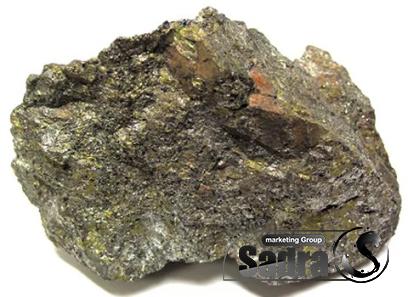
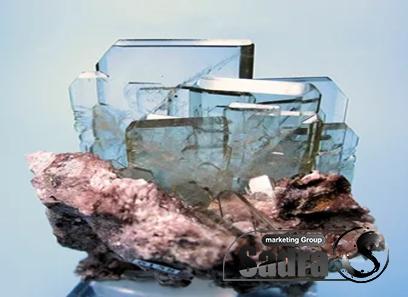
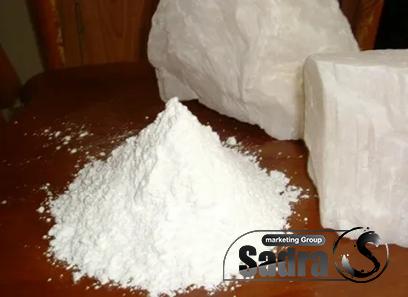
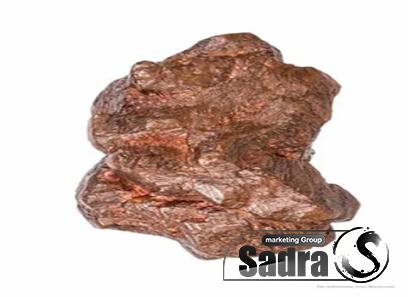
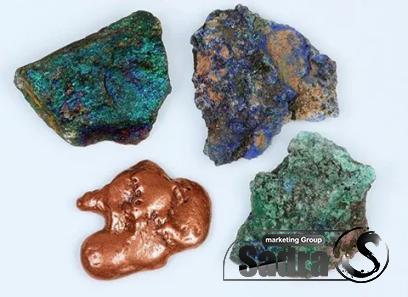

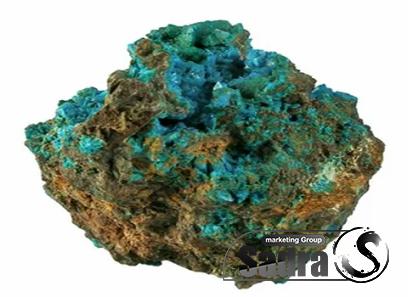
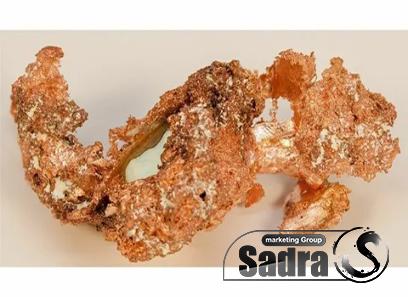
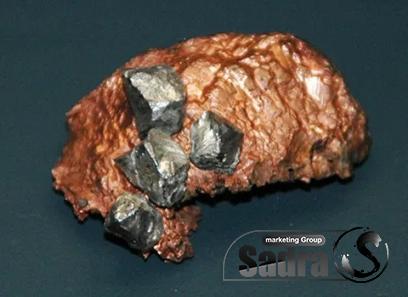
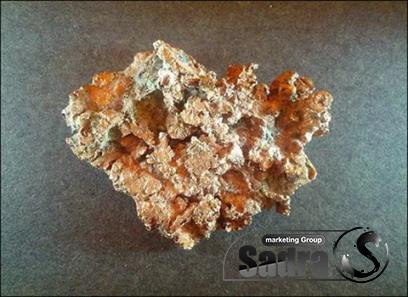
Your comment submitted.